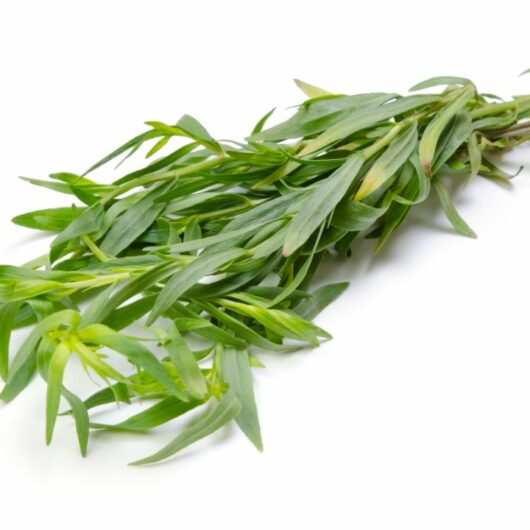Parsley is a common kitchen herb that comes from a flowering plant native to central and eastern Mediterranean regions.
The leaves of the plant are widely used in many different cuisines and are known for their distinct flavor which is somewhat mild, using the seeds on the other hand creates a stronger and more intense flavor when cooking.
Curly leaf parsley is usually used as a garnish, you might find this on top of your food at a restaurant. Flat-leaf parsley is similar to the curly variety but has a slightly stronger flavor.
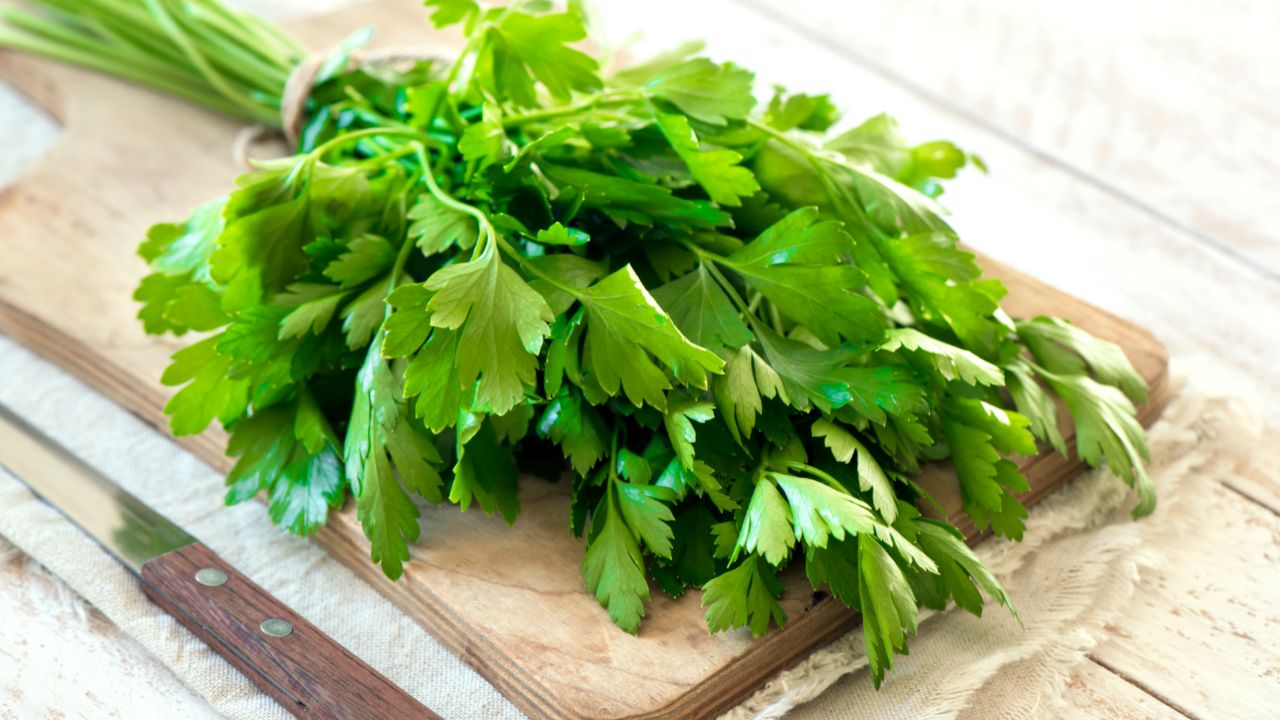
Another form of parsley includes root parsley, which is typically used in soups, stews, and casseroles in many European cuisines.
If you’re not a fan of the taste of parsley or simply don’t have any laying around and want to substitute it for a different herb then there are many different options you can choose from!
Some are similar in taste and others in flavor. Here we have composed a list of the best parsley substitutes for you to try so there is something for everyone.
What Does Parsley Taste Like?
Describing how something tastes is difficult but we’re willing to give it a go. Parsley is a versatile herb that has a mild aromatic flavor.
The bright green colors of the leaves make it a vibrant and popular herb to use to garnish dishes. Slightly peppery with fresh, crisp leaves it works great in a salad as well as blending in with a sauce.
Essentially, parsley works with pretty much any type of food from any background.
Is Dried Parsley The Same As Fresh Parsley?
We don’t always have fresh herbs in the kitchen as they can spoil quickly if you don’t have your own plants. Using dried parsley is a great way to substitute the use of the fresh counterpart, however, the dried equivalent is stronger than the fresh leaves.
Therefore, a recipe calling for one tablespoon of the fresh herb is the equivalent of a teaspoon of the dried. Other dried herbs such as basil, sage, or oregano can be used instead. Which you use is up to you and depends on the dish you are making.
1. Basil
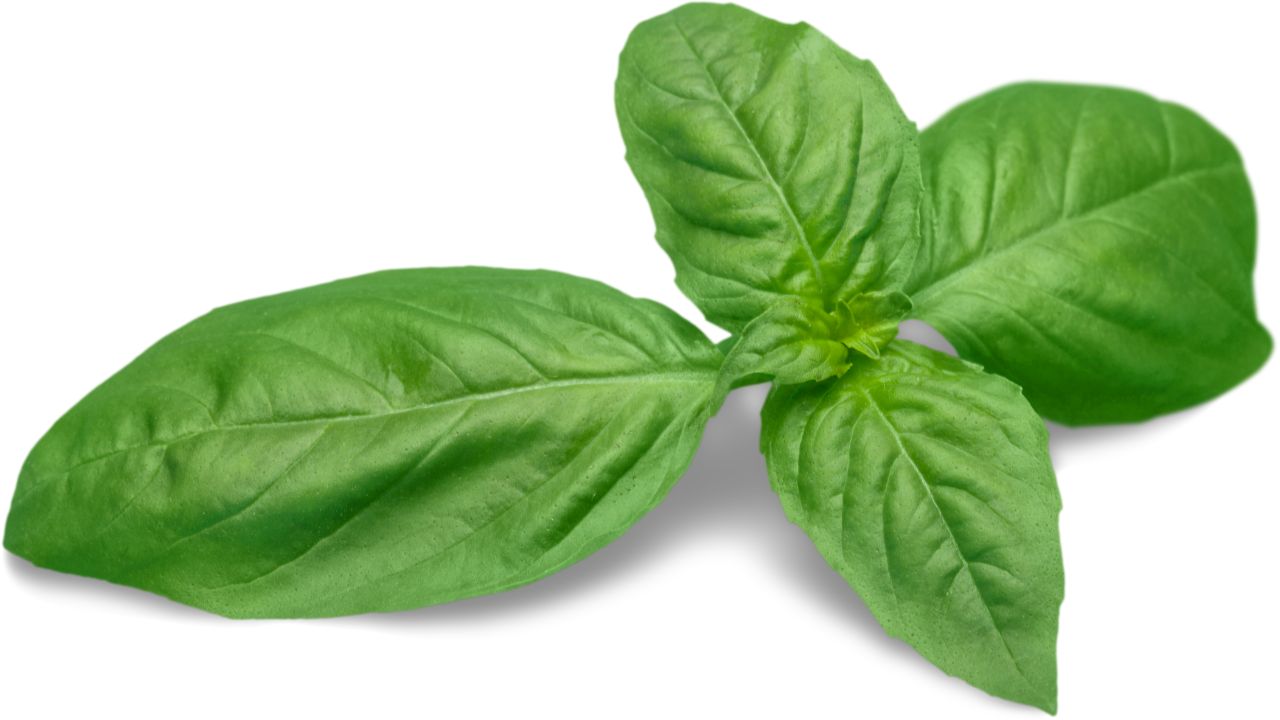
Fresh basil has a strong, distinctive fragrance that is most commonly used in Italian dishes. The leaves of a basil plant (see also ‘6 Substitutes For Basil‘) are wide, flat, and glossy which are easy to spot if you can’t already smell them.
Fresh or dried basil is easy to find in grocery stores and makes for a perfect parsley substitute as it’s not too overpowering but still has plenty of flavor.
As they are both quite common in Italian cooking, basil can be used in place of parsley to create delicious sauces, on meats, or in salads.
It is important to note that dried basil has a milder taste which is perfect to add to a dish during the cooking process, rather than garnishing a dish.
Basil can also be used as a garnish if you’re looking to add a special finishing touch to your meal.
Full of antioxidants and vitamin K, basil is a healthy herb to eat and can help protect your body’s cells from becoming damaged.
2. Cilantro

Cilantro is also known as coriander and can be the perfect substitute for parsley in both cooking and garnishing dishes. The leafy tops of the cilantro herb resemble parsley in appearance.
This swap works well in Mexican and Indian cuisines in particular as the acquired tastes of the herb complement a lot of the ingredients in these dishes.
Using cilantro can be a bit of a gamble as not everyone likes the taste.
Depending on whether or not you have a specific gene that detects the aldehydes in the herb, some report a soapy or perfume-like smell and flavor when eating cilantro that can be very off-putting.
When substituting cilantro for parsley, make sure you are cooking for lovers rather than haters of the herb to keep the peace around the dinner table.
Although a controversial herb, this leafy plant is packed with essential vitamins such as vitamin C, K, and provitamin A which are all highly beneficial to support our bodily functions.
Vitamin K in particular is essential to form blood clots when we are hurt, this helps wounds heal and prevents excessive bleeding.
3. Celery Leaves
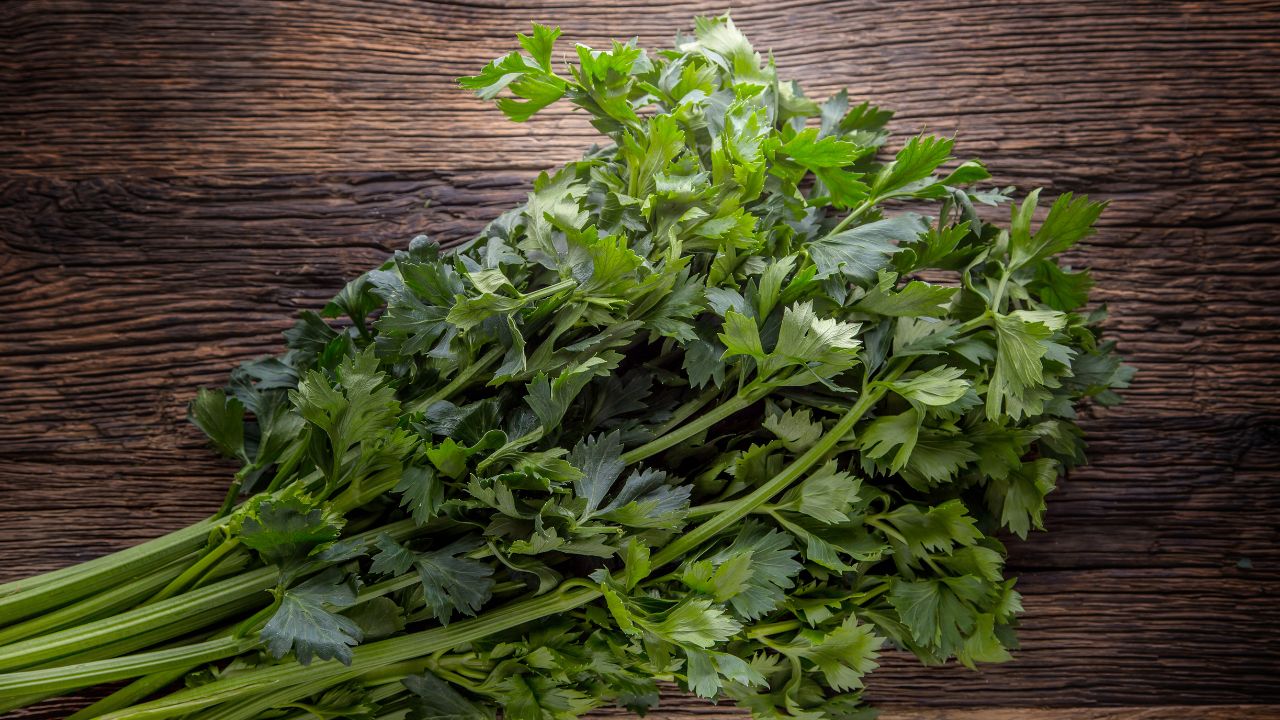
Celery leaves may not be your first thought when it comes to a parsley substitute.
Many people cut the leafy part of the celery stalk off when cooking with celery, but you may not have recognized that they look very similar to flat-leaf parsley which is why they can make an excellent garnish.
The taste of the leaves tends to change depending on the color and where they are on the stalk.
Darker green leaves which are found on the outer edge of the stalk have the strongest flavor with a tougher texture. As a result, these are best used when cooking soups or stews or blended into sauces.
Inner leaves which are a lighter green color are more delicate and mild in flavor which works best if used as a garnish or as some extra green roughage in a salad.
Similar to the stalks of the vegetable, the leaves are made of mostly water and have barely any calories. The leaves are a good source of vitamin E, Iodine, and calcium.
4. Carrot Greens
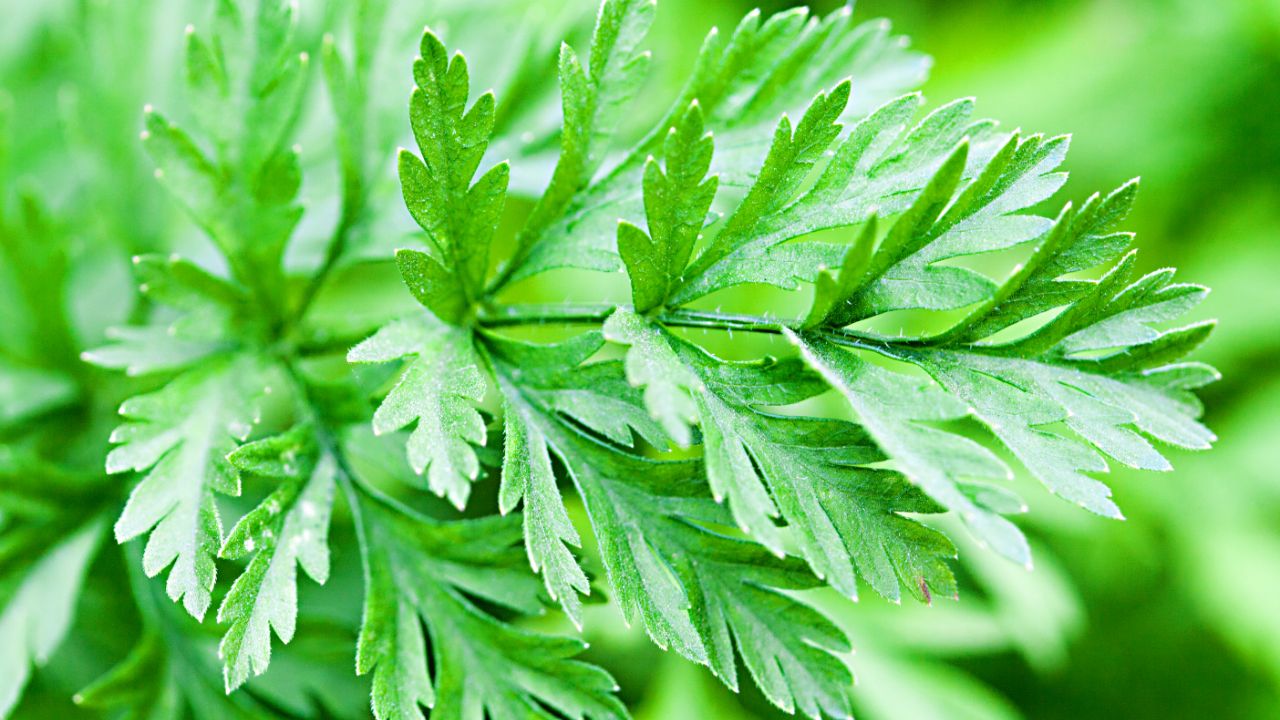
Another vegetable part that you might usually throw out is the green stalks of your carrots.
Like the vegetables themselves, the greens also contain a significant amount of vitamin C which is an antioxidant that can have numerous benefits on your immune system.
The greens are reported to taste light, sweet, and earthy which is said to resemble a cross between carrots and parsley. A coincidence, huh?
However, there is some controversy as others report the greens to be bitter. Regardless of how they taste, they can be eaten raw or cooked in dishes as they can withstand heat well.
If you aren’t a huge fan of the flavor, then try finely chopping the leaves and creating a pretty garnish for your food or mixing them in a salad rather than adding to a cooked dish.
5. Chervil
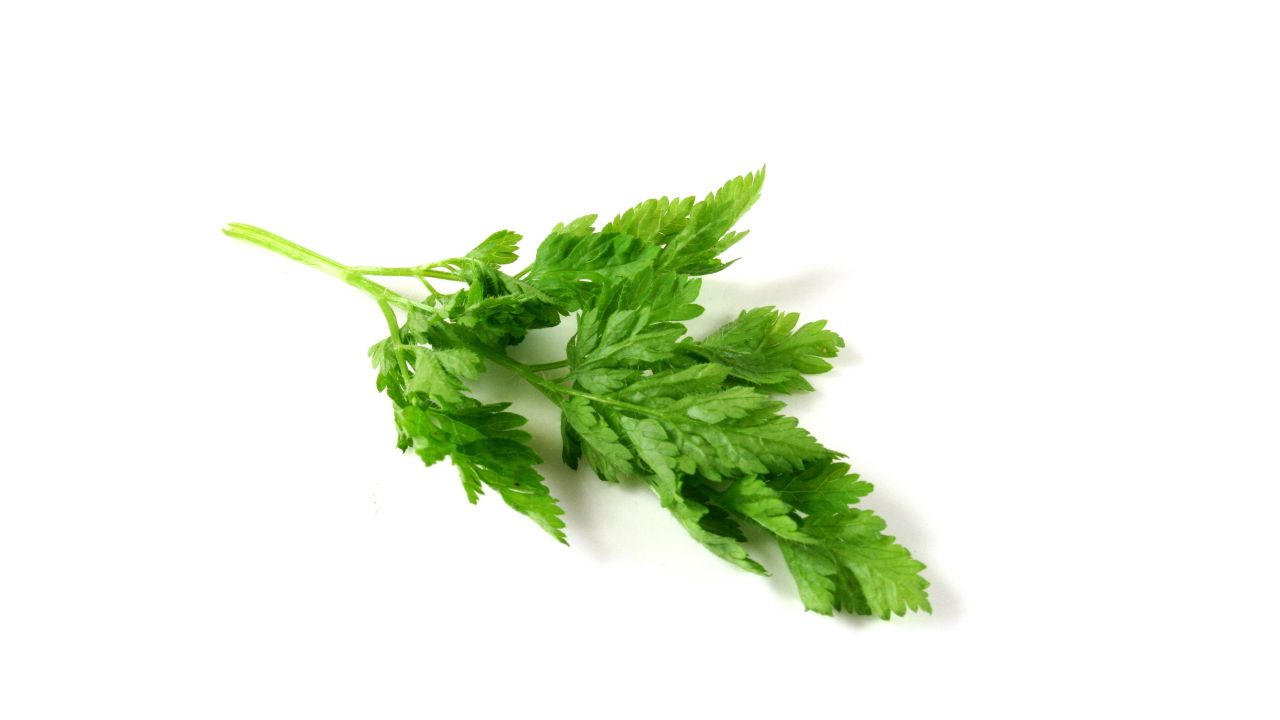
Chervil is actually a member of the parsley family and shares the mild flavors of parsley; however, chervil is slightly more delicate and tender.
This herb might make you look twice to ensure that it definitely isn’t parsley as they look so similar. Often, chervil is used in French cooking which is why it’s sometimes referred to as French parsley.
Common uses for chervil include seasoning poultry, egg dishes, and salads.
Although similar, it is just that bit milder which means you’ll have to use more chervil than you would parsley to achieve the same taste in your dish. Fresh or dry chervil will work just as well as the parsley alternative.
High in iron, chervil is an excellent herb to use to increase your iron intake without even knowing it! Iron is vital as it builds healthy red blood cells that effectively carry oxygen around your bloodstream and helps to prevent fatigue.
The only negative of using chervil as a parsley substitute is that it isn’t as easily found in the grocery store. But if you can find them or know of a particular market or farm shop that sells them, it can be an ideal substitute.
6. Arugula
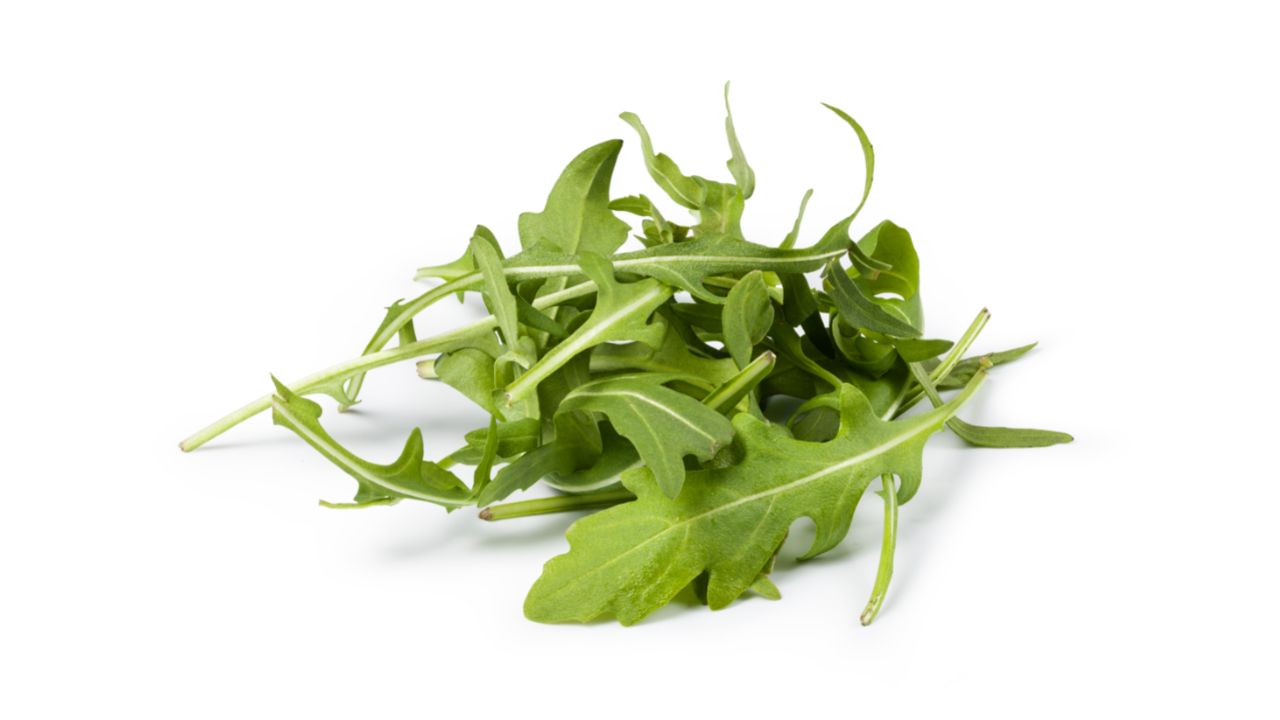
As you can see from the celery leaves and carrot greens, it’s not just herbs that can be substituted for parsley but certain vegetables work well too. Arugula or rocket is a salad green with leaves larger than most herbs.
In terms of taste, arugula is peppery and on the bitter side. These flavors mean that it works as an excellent and slightly stronger substitute for parsley, used sparingly in place of parsley due to this factor.
Arugula can be used as an edible garnish with its curly leaves and rich flavors. As a salad green, it works well to add flavor to salads and sauces too.
Reports state that eating just five arugula leaves provides you with one percept of the daily recommended amount of calcium you need to promote strong bone health. Calcium is also important for healthy muscle and heart function.
7. Endive
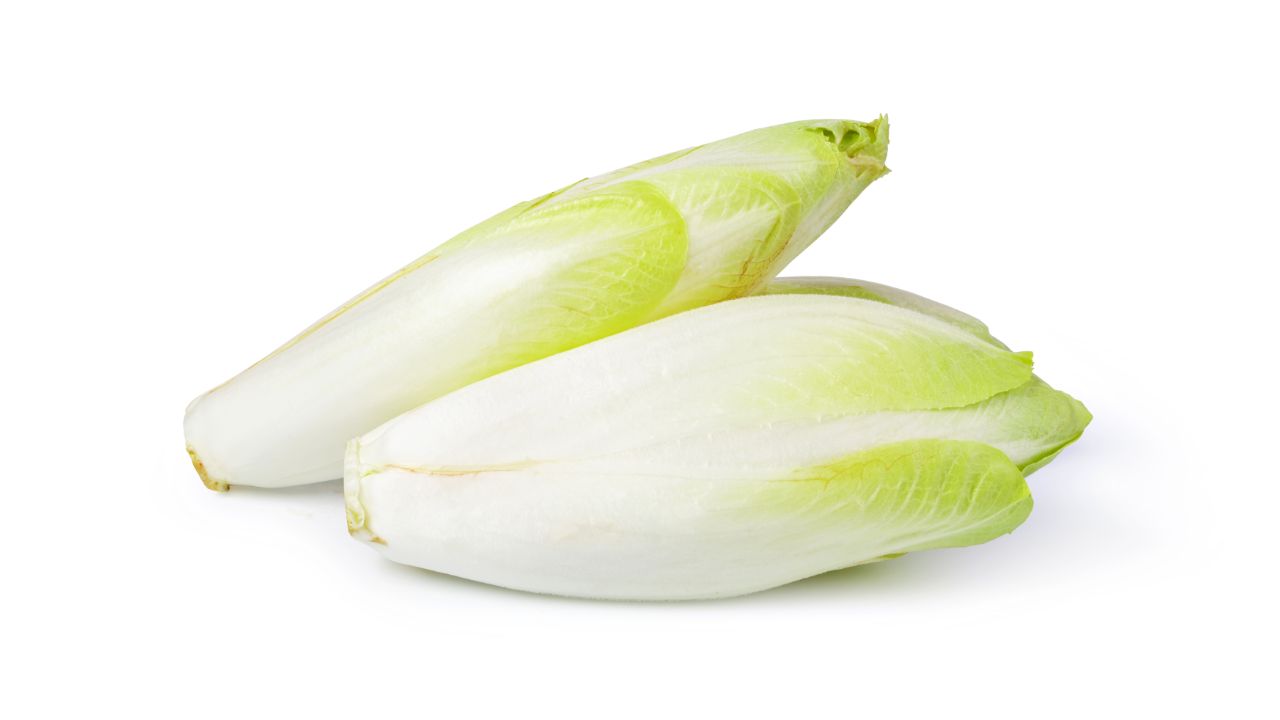
Another salad green to add to the mix is endive (see also ‘18 Unmissable Belgian Endive Recipes You’ve Got To Try!‘), which you may or may not have heard of.
This nutritious leafy green vegetable comes from the chicory plant family, made up of several bitter-leafed vegetables. Be sure to use it sparingly to avoid overpowering your dishes.
Eaten raw, the leaves are crisp and bitter which makes them great in salads. But they can also be cooked to mellow out the flavor and bring out a nutty sweetness.
These vegetables can be roasted, grilled, or braised to achieve this flavor. As it looks almost identical to curly leaf parsley, it can be used in place of the herb as a garnish.
Endive is a vegetable full of fiber which promotes digestive health and regularity as well as provides your gut with healthy bacteria.
Exceptionally high in potassium, folate, and vitamin A, endive is great at promoting heart health alongside keeping your vision in good working order.
8. Tarragon
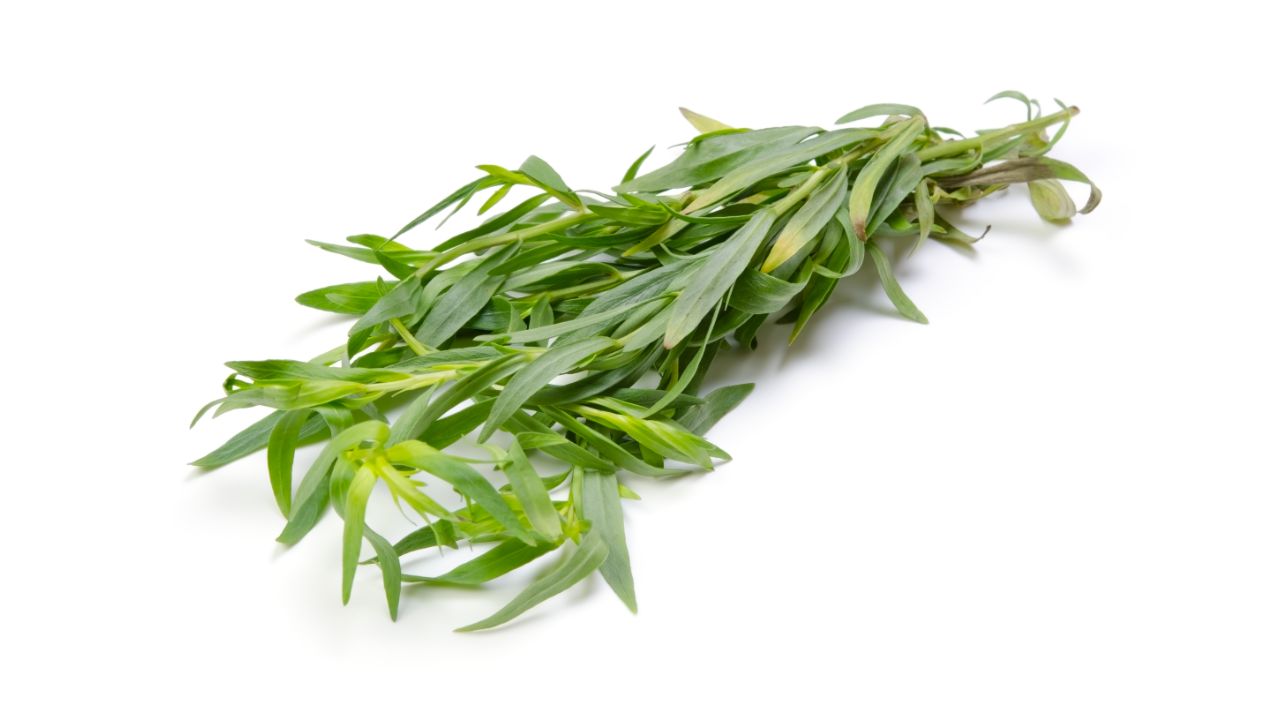
Tarragon is a leafy green herb otherwise known as estragon. Commonly found across Eurasia and North America, this herb is used in a variety of dishes as it’s super versatile with an intense flavor.
The leaves of this herb are skinny and aromatic, described as having a delicate flavor that is slightly sweet often compared to licorice or aniseed.
Common in French cooking, this herb is thought to elevate many dishes which can make it a more impactful herb to use than parsley.
Fresh or dried versions of the herb work well in dishes, but small amounts should be used when cooking with the dish rather than garnishing it.
Some consider tarragon to be the best parsley substitute. Pairing well with fish, beef, chicken, eggs, and soups it is not surprising that it is so popular in many cuisines.
Besides its great taste, tarragon (see also ‘5 Tarragon Substitutes‘) can offer a number of health benefits as it is packed full of manganese, iron, and potassium.
Manganese is essential for our overall health as it helps with brain function, regulates our metabolism, and the reduction of oxidative stress in the body.
Garnish Vs. Cooking Ingredient
When choosing a parsley substitute, it’s important to identify whether the herb is an integral part of the dish or just a garnish that may have a lesser impact on the overall flavor.
If the herb is an important part of the dish, then use an alternative that has a similar flavor such as arugula or endives.
If you’re just using the parsley alternative as a garnish then you can use something that looks very similar such as cilantro or carrot greens as they have the same fluffy leafy appearance and bright green colors.
Frequently Asked Questions
Can You Substitute Thyme For Parsley?
Yes, thyme can be used as a substitute for parsley. This swap works better once the thyme has been dried as the leaves then take on a different texture. If a recipe calls for the use of dried parsley, dried thyme can be used as a 1:1 replacement ratio.
Thyme (see also ‘5 Substitutes For Thyme‘) offers an earthier, nutty, and slightly floral flavor compared to parsley so it cannot be used as a direct replica of the flavor. If you are creating a dish that needs some pepperiness or a slightly bitter flavor, it’s best to use arugula leaves.
Can I Use Mixed Herbs Instead Of Parsley?
Mixed herbs can be used in place of parsley. Typically, mixed herbs come in a dried form and are usually composed of basil, marjoram, and oregano.
Others can contain thyme and sage, so check the label on the herb pot if you’re looking for a particular blend.
Some blends taste better than others in place of parsley, particularly those that have similar mild and subtle flavors to the original herb such as chervil.
Which Herb Is Closest To Parsley?
Chervil may be considered to be the closest herb to parsley as it is so similar in terms of flavor and appearance, with chervil being that little bit sweeter.
Using chervil pairs well with a number of dishes including soups, fish, and butter sauces. More chervil needs to be added in place of parsley due to its milder and sweeter taste.
Closing Thoughts
In the end, what works for you and your tastes may not work for others. The best parsley replacement will depend on the dish you’re cooking and the flavors you want to create!
We hope you found this article interesting and informative, learning the best ways to substitute parsley in your meals.
Happy cooking!
- 15 Traditional Greek Breads - July 31, 2023
- 30 Delicious And Gluten-Free Cookie Recipes - July 29, 2023
- 30 Of The Best European Desserts - July 29, 2023

